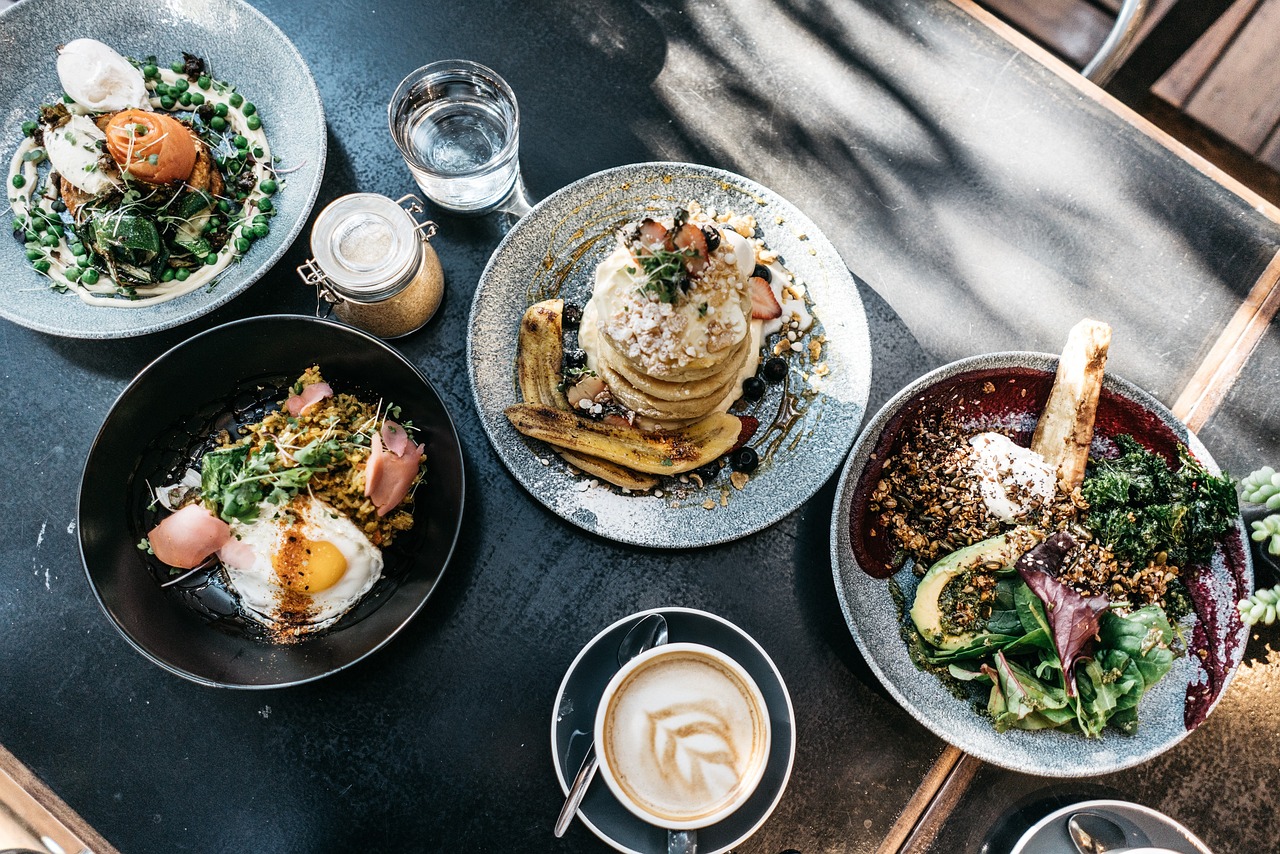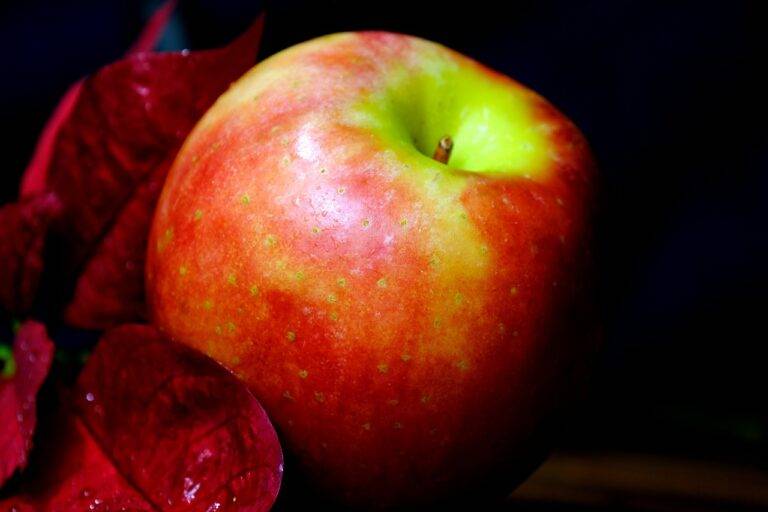The Art of Food Styling: Techniques for Creating Stunning Visual Displays
Food styling is a crucial aspect in the culinary world that enhances the visual appeal of dishes. One key element to keep in mind is the importance of using fresh and high-quality ingredients. Vibrant colors and fresh produce can make a dish look more appetizing and appealing to the eye. Additionally, paying attention to the textures of the ingredients can add depth and interest to the overall presentation of the food.
Another essential element of food styling is considering the composition and arrangement of the dish. The way the food is placed on a plate can greatly impact its overall visual appeal. Balancing colors, shapes, and sizes of the components can create a more visually pleasing presentation. Additionally, utilizing props such as utensils, napkins, or decorative elements can further enhance the overall aesthetic of the dish.
Choosing the Right Props
When it comes to food styling, selecting the right props can make a significant difference in the overall presentation of your dishes. Props can help set the mood and enhance the story you’re trying to convey through your food photography or plating.
Consider the style and theme of your dish when choosing props. Opt for items that complement the colors and textures of the food, while also adding visual interest to the scene. For example, if you’re styling a rustic dish, using wooden utensils or a vintage plate can help enhance the overall feel of the image.
Understanding Color Theory
Color theory is a fundamental aspect of food styling that can greatly impact the visual appeal of a dish. Different colors evoke specific emotions and perceptions in viewers, making them an important consideration when creating an aesthetically pleasing plate. Understanding the psychology behind colors can help food stylists create the desired atmosphere and convey the intended message through the visual presentation of food.
When selecting colors for a food styling project, it is crucial to consider the overall theme and mood that you want to achieve. Warm colors like reds, oranges, and yellows are known to stimulate appetite and convey a sense of warmth, making them ideal for dishes meant to be inviting and comforting. On the other hand, cool colors such as blues and greens can create a sense of freshness and tranquility, perfect for dishes that aim to evoke feelings of freshness and healthfulness. By carefully choosing the right color palette, food stylists can enhance the overall visual impact of their creations and effectively engage their audience.





